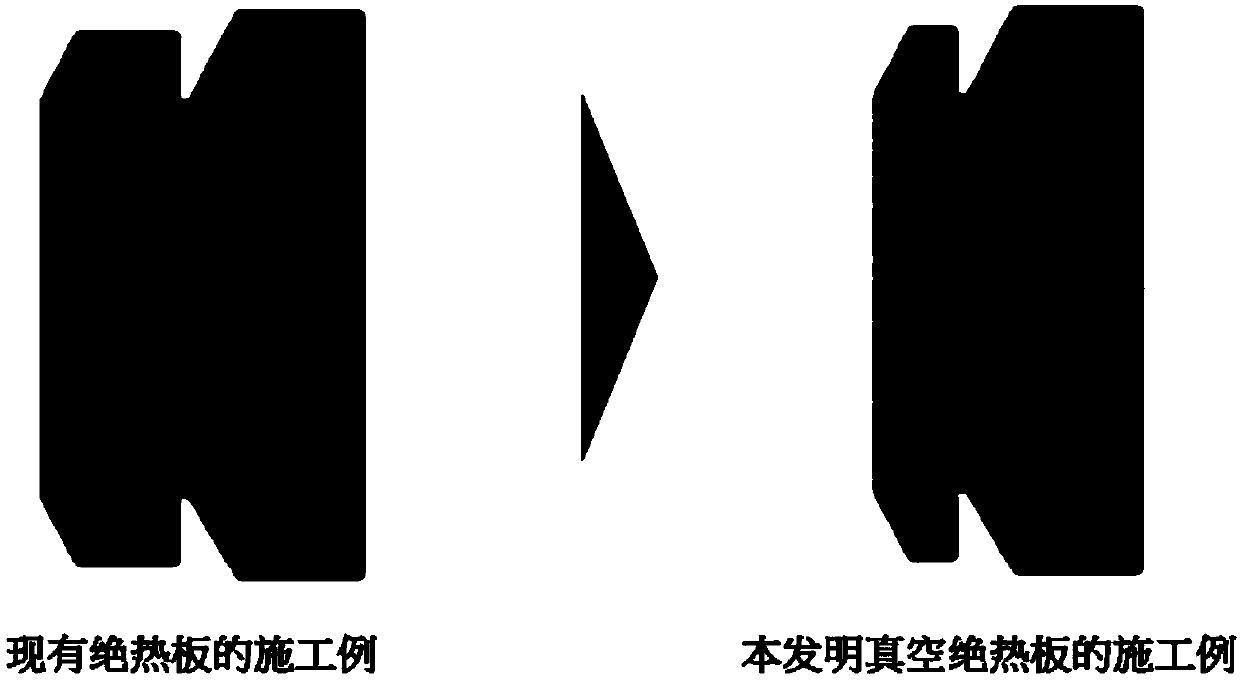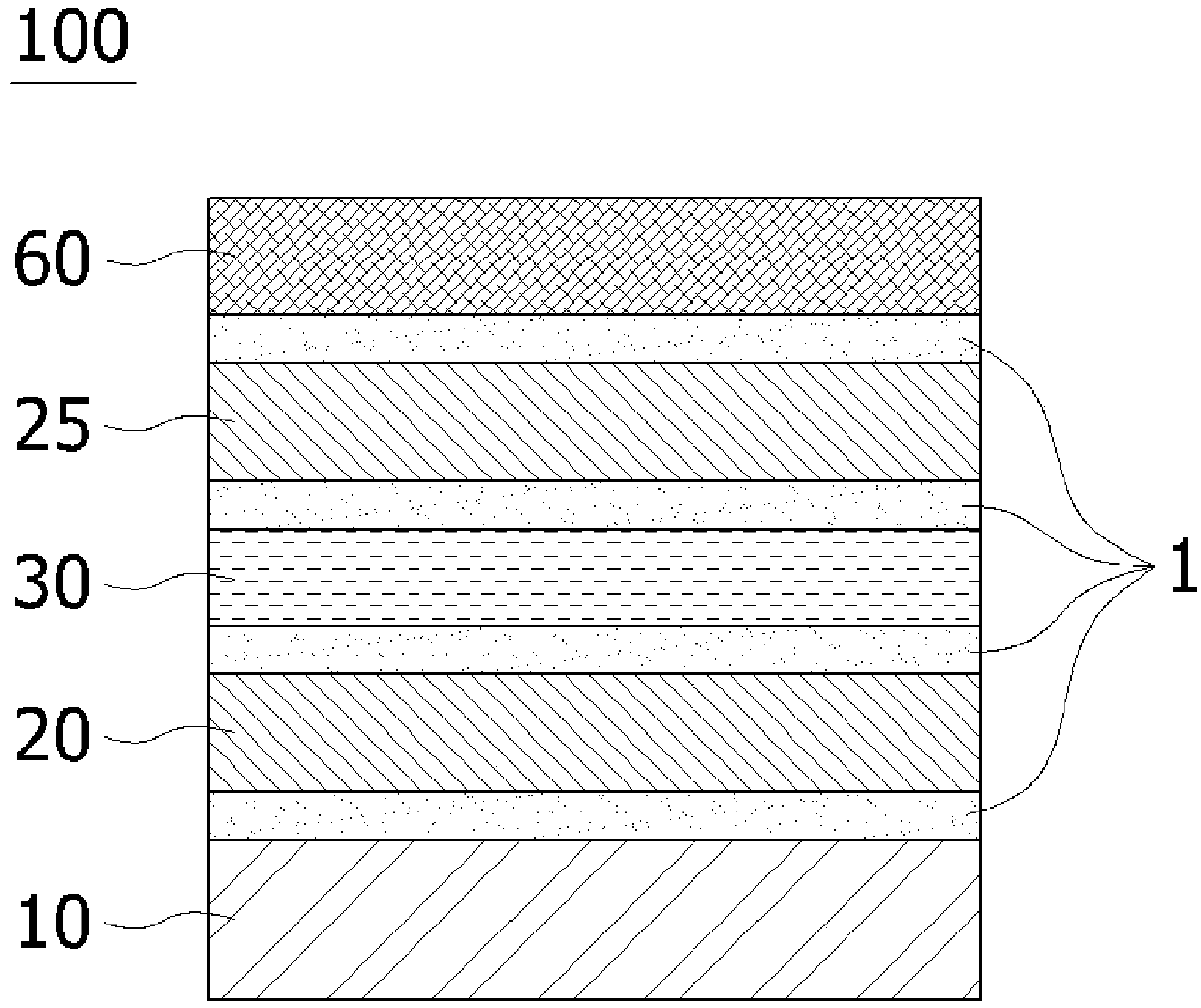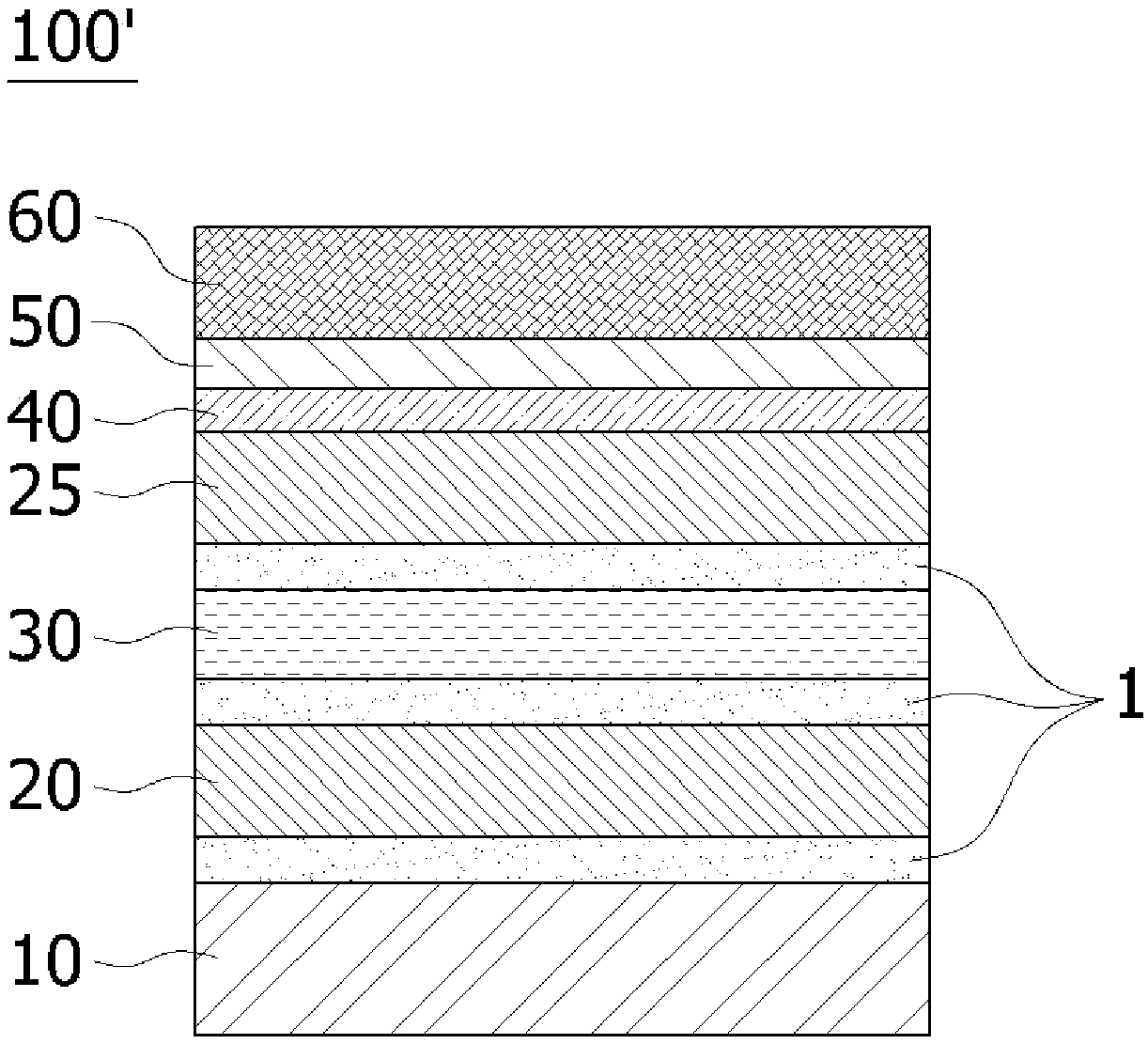Outer packaging material for vacuum insulation panel, building vacuum insulation panel using the same and manufacturing method of the building vacuum insulation panel
A technology of vacuum insulation panels and outer packaging, applied in building construction, packaging, construction and other directions, can solve the problems of construction difficulties, increase in cost, increase in wall thickness, etc., and achieve excellent workability, cost saving, tensile strength and resistance. Excellent breaking strength
- Summary
- Abstract
- Description
- Claims
- Application Information
AI Technical Summary
Problems solved by technology
Method used
Image
Examples
Embodiment 1
[0098] Example 1: Manufacture of outer packaging material for vacuum insulation panels
[0099] 1) Apply an adhesive (carbamic acid Ethyl ester (Urethane) binder), by laminating the co-extruded film produced in the above-mentioned preparatory example 1 to produce film 1 (co-extruded film layer→adhesive layer→first moisture barrier layer (VM-PET) ).
[0100] 2) Next, apply polyester-based urethane to one side of a polyethylene terephthalate film (PET film, trade name: PP900, manufacturer: Hyosung, average thickness 12 μm) using the same dry lamination method After the ethyl ester two-component adhesive, the film 2 is produced by laminating on the above film 1 (co-extruded film layer→adhesive layer→first moisture barrier layer (VM-PET)→gas barrier layer (PET)) .
[0101] 3) Then, use the same dry lamination method to apply polyester-based urethane two-component adhesive on one side of the above-mentioned film 2, and then laminate the polyester aluminized film (trade name: CGV...
Embodiment 2
[0104] The outer packaging material was produced in the same manner as in Example 1 above, but when forming the gas barrier layer, a nylon film (NY, trade name: RT92, manufacturing company: Hyosung, average thickness of 15 μm) to produce the film 2, and then use the above-mentioned film 2 to produce an outer packaging material in the same manner as in Example 1.
Embodiment 3
[0106] Film 2 of Example 1 above was produced in the same manner.
[0107] Then, after coating the top of the second moisture barrier layer of the film 2 with an isocyanate-based water-based acrylic paint (Soda, T-160), dry it to form a water-based acrylic coating, and then use a T-die at 300°C to 330°C ( T-die) Polyethylene resin is melted and extruded between the formed film 2 and non-woven fabric (trade name: C3030NW, manufacturer: Kolon, average thickness 70 μm) to produce an outer packaging material (co-extruded film layer → Adhesive layer → first moisture barrier layer (VM-PET) → adhesive layer → gas barrier layer (PET) → adhesive layer → second moisture barrier layer (VM-PET) → water-based acrylic coating → poly Vinyl layer (PE layer) → non-woven fabric layer).
PUM
| Property | Measurement | Unit |
|---|---|---|
| thickness | aaaaa | aaaaa |
| thickness | aaaaa | aaaaa |
| thickness | aaaaa | aaaaa |
Abstract
Description
Claims
Application Information
 Login to View More
Login to View More - R&D
- Intellectual Property
- Life Sciences
- Materials
- Tech Scout
- Unparalleled Data Quality
- Higher Quality Content
- 60% Fewer Hallucinations
Browse by: Latest US Patents, China's latest patents, Technical Efficacy Thesaurus, Application Domain, Technology Topic, Popular Technical Reports.
© 2025 PatSnap. All rights reserved.Legal|Privacy policy|Modern Slavery Act Transparency Statement|Sitemap|About US| Contact US: help@patsnap.com



